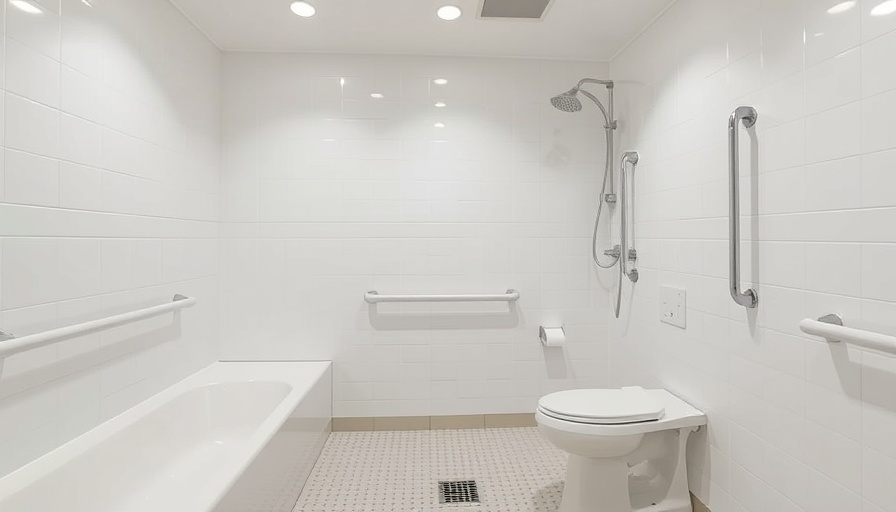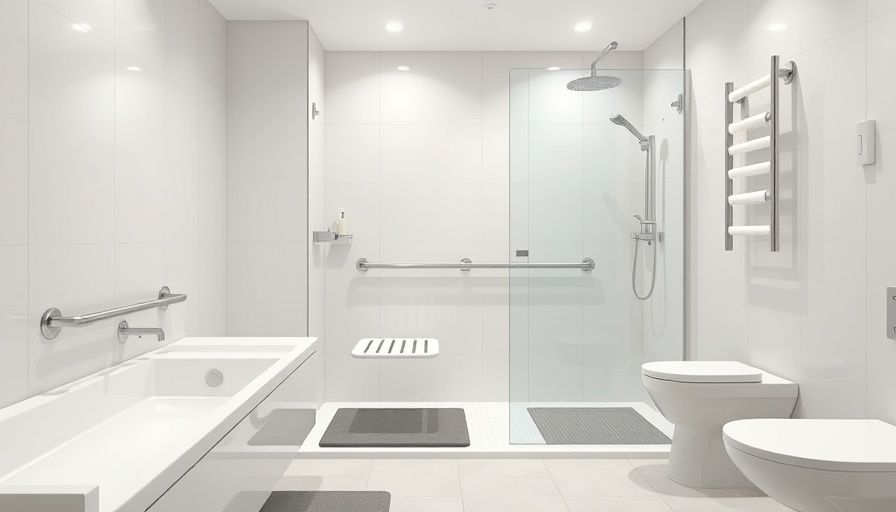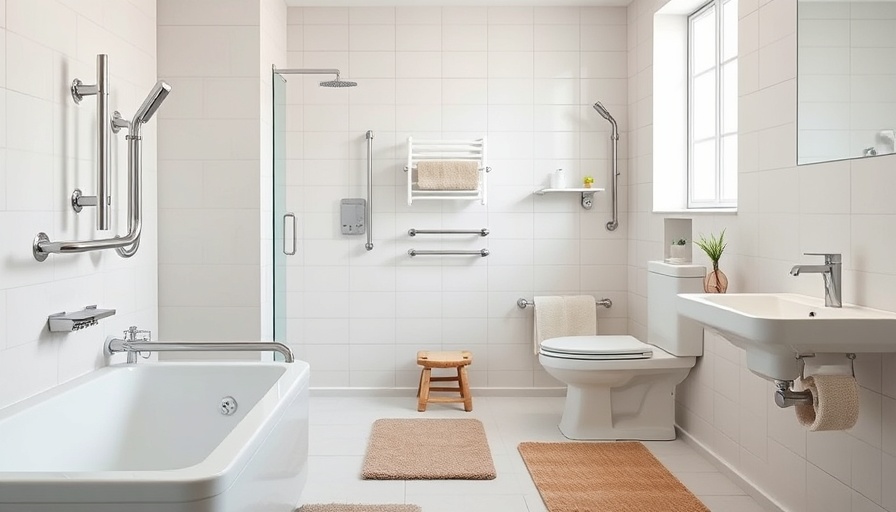
Creating a Safe Bathroom Environment for Seniors
For caregivers, ensuring a safe bathroom environment is of utmost importance, particularly in Toms River, where many families are dedicated to the well-being of elderly loved ones or individuals with disabilities. The bathroom, a space typically linked to personal hygiene, can also become a site of hazards if not properly equipped. In the U.S., falls represent the leading cause of injury among older adults, with a significant portion occurring in the bathroom. This article will explore vital steps caregivers can take to foster a safe and supportive bathroom environment that minimizes risks and enhances comfort.
The Emotional Aspects of Bathroom Safety
As much as physical safety is essential, the emotional well-being of those needing care should also be prioritized. Caregivers must navigate the balance between maintaining safety and granting independence. The ability to manage personal care fosters a sense of dignity and respect, significantly impacting the mental health of both caregivers and their loved ones. Recognizing and implementing effective safety measures can relieve caregivers' anxiety, enabling them to focus on compassionate support.
Practical Bathroom Modifications You Can Implement
Transforming a regular bathroom into a safe haven involves making practical modifications. For example, installing grab bars near toilets and bathtubs can be immensely helpful. These bars should be anchored securely to wall studs to provide sturdy support. Non-slip mats are another essential addition, strategically placed in areas prone to moisture, such as in front of the sink and inside the shower. These mats should have textured surfaces to prevent slipping, ensuring stability and safety.
Using Bathroom Accessories for Enhanced Safety
To further boost bathroom safety, caregivers can utilize a variety of accessories designed for accessibility. Shower chairs are ideal for individuals who have trouble standing for extended periods. Lightweight and often adjustable, these chairs allow users to sit while bathing. A handheld showerhead is another valuable tool that gives individuals control over their bathing experience, thereby enhancing their independence.
Accessibility Considerations Beyond Modifications
Good design also extends to the accessibility of bathroom elements. It’s important to evaluate lighting conditions because insufficiently lit spaces can lead to missteps and falls. Caregivers should consider installing motion-sensor lights or strategically placed fixtures that enhance visibility, ensuring that individuals can navigate the area safely. Changes such as outward-swinging doors can also improve access in emergencies, allowing for swift responses if someone falls.
Future Trends in Bathroom Safety Technology
As the field of home safety evolves, caregivers can benefit from embracing the latest innovations. Smart home technologies, such as automatic lighting and sensor systems, can alert caregivers to falls or other accidents via mobile notifications. Such advancements not only enhance safety but also offer peace of mind, ensuring that families can respond promptly should the need arise. Embracing these technologies, together with conventional safety measures, can significantly elevate safety standards.
How to Foster a Safe and Comfortable Bathroom Experience
For caregivers, the journey towards creating a safer bathroom environment involves persistent assessment and modification. Regularly inspecting the bathroom for hazards, updating safety features, and ensuring that all necessary items are within arm's reach can vastly improve the user experience. Moreover, maintaining open communication with the individuals receiving care allows them to express their comfort levels and preferences, making the environment more conducive to positive experiences.
Call to Action: Invest in Safety Modifications Today
Don’t leave bathroom safety to chance—invest in these vital modifications today. Explore local resources to find the right products and solutions for enhancing safety and comfort in your bathroom, helping both caregivers and those they care for enjoy a secure environment.
 Add Row
Add Row  Add
Add 




 Add Row
Add Row  Add
Add 

Write A Comment